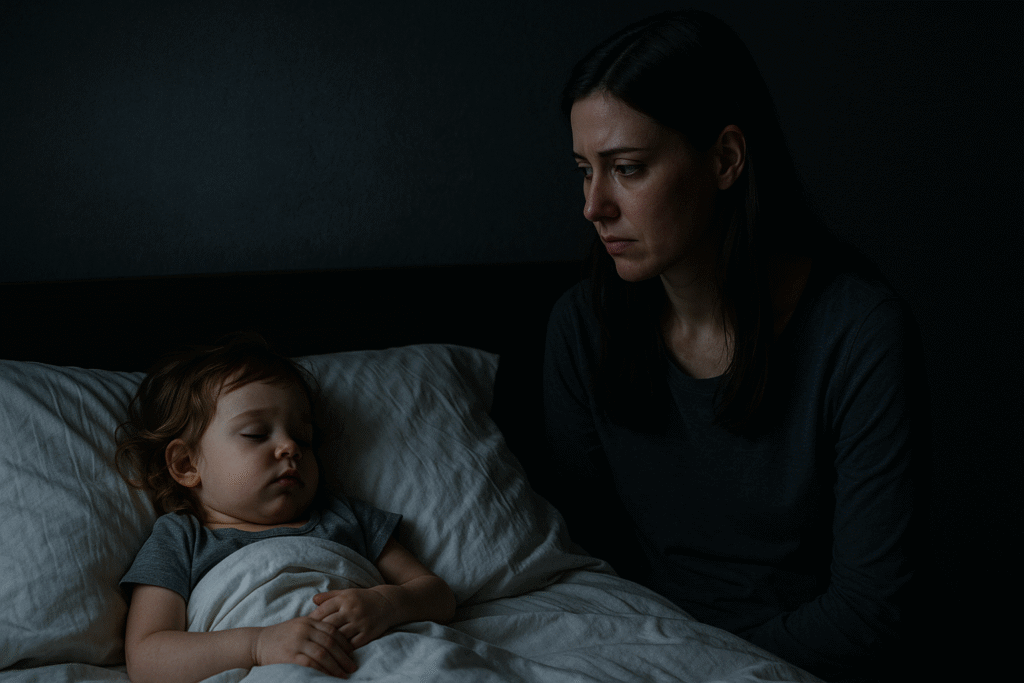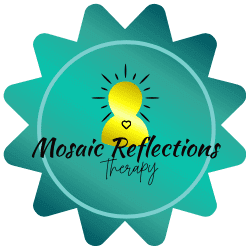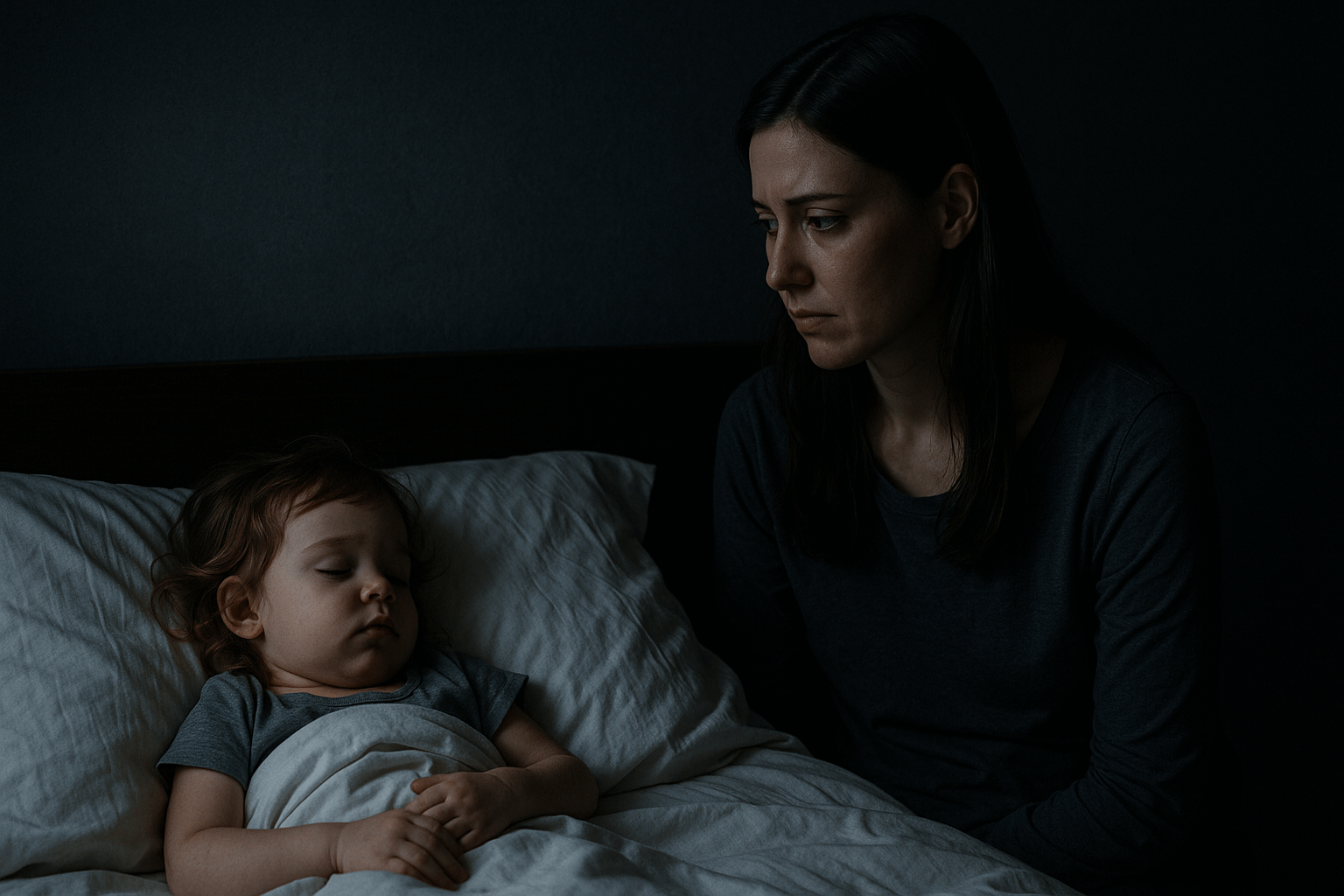How Brainspotting Therapy Supports Healing from Childhood Trauma
Childhood trauma can linger long after the events have passed. Whether it was emotional neglect, physical abuse, or growing up in an environment where you had to stay small to stay safe, the imprint often lives in your nervous system. You might find yourself reacting to everyday stressors with an intensity that doesn’t quite make sense, struggling with anxiety, low self-worth, difficulty in relationships, or chronic emotional overwhelm. If this resonates with you, Brainspotting therapy might be the healing modality you didn’t know you needed.

As a Brainspotting therapist offering online sessions throughout North Carolina and South Carolina, including Charlotte, Cary, Chapel Hill, and beyond, I work with many adult clients who are finally ready to address their childhood wounds. Brainspotting creates a path for deep healing by bypassing the logical brain and going directly to the emotional and sensory parts of the brain where trauma lives.
Let’s explore how Brainspotting therapy works, why it’s so effective for childhood trauma, and what you can expect from the process.
Understanding Childhood Trauma: It’s Not Just What Happened, But How It Was Held
Childhood trauma isn’t always about dramatic or obvious events. Sometimes, it’s the emotional absence of a caregiver, the unpredictability of a parent’s moods, or growing up with perfectionism or shame as houseguests. These experiences shape our attachment style, our sense of safety in the world, and even how we inhabit our bodies.
Traditional talk therapy can be helpful in understanding patterns, but it often doesn’t reach the parts of the brain that hold implicit memory: the stuff you feel but can’t quite name. That’s where Brainspotting for trauma comes in.
What Is Brainspotting Therapy?
Brainspotting is a brain-body therapy developed by Dr. David Grand. It’s based on the idea that where you look affects how you feel. When we experience trauma, the midbrain (specifically the subcortical brain) stores unprocessed material in a way that the rational mind can’t always access.
In Brainspotting therapy, a trained therapist helps you locate an eye position, a “brainspot,” that connects to a specific emotional or physical issue. Holding that gaze while tuning into the body allows the brain to begin to process and release what’s been stuck, often for years.
Unlike traditional therapy, Brainspotting doesn’t rely on storytelling or verbal recall. You don’t have to rehash painful childhood memories. You simply allow the brain and body to do what they were designed to do: heal.

Why Brainspotting Works So Well for Healing Childhood Trauma
- It Bypasses the Cognitive Brain
Trauma often isn’t accessible through words. You might have a strong emotional response to a situation and not understand why. Brainspotting gets past the analytical brain and reaches the subcortical brain, where emotional and procedural memory live. This allows healing to happen even when you don’t have the language for it. - It Respects the Body’s Wisdom
Childhood trauma is stored in the body. Brainspotting is a somatic therapy, meaning it works through the felt sense. During a session, you might notice shifts in your body, such as warmth, tingling, or emotional release. This isn’t just a coincidence, it’s your nervous system unburdening what it has carried. - It’s Client-Led and Gentle
Unlike some trauma therapies that can feel overwhelming or directive, Brainspotting follows your pace. You remain in control of the session. Whether your trauma is recent or deeply buried, Brainspotting allows you to approach it in a way that feels safe and contained. - It Helps Rewire the Nervous System
Repeated trauma in childhood can leave the nervous system stuck in “survival mode.” Brainspotting gently helps shift the brain out of fight, flight, freeze, or fawn states and into a place of regulation. Over time, this leads to more resilience and emotional balance. - It Creates Lasting Change
Because Brainspotting addresses the root of trauma rather than just the symptoms, the effects can be long-lasting. Clients often report reduced anxiety, better emotional regulation, improved sleep, and more ease in relationships.
What to Expect During a Brainspotting Session
In your first Brainspotting online therapy session, we’ll spend some time talking about what brought you in and what you hope to shift. You don’t need to have a perfectly formed story. Sometimes all you have is a feeling, a stuck place, or a pattern that won’t go away.

Once we identify a target issue (like the panic that comes when you feel criticized, or the shutdown you experience in conflict), we’ll find the corresponding brainspot. This might involve following your eye movements or using a pointer to help you find the gaze position that activates that feeling.
From there, you’ll hold that gaze while tuning into your internal experience. You might notice physical sensations, emotions, or memories come up. Or you might just sit quietly. Either way, your brain is doing the work.
Sessions are held virtually, so you can do this work from your home in Charlotte, NC, Chapel Hill, Fort Mill, SC, or anywhere in North or South Carolina. All you need is a quiet space, a good internet connection, and a willingness to be present.
Who Is Brainspotting For?
Brainspotting therapy is a good fit for adults healing from childhood trauma, such as:
- Emotional neglect
- Physical or sexual abuse
- Bullying
- Witnessing domestic violence
- Medical trauma
- Adoption and attachment wounds
- Chronic anxiety or emotional dysregulation rooted in early experiences
It’s also helpful for people who:
- Feel like they’ve “talked it to death” in other therapies
- Get emotionally flooded or shut down easily
- Are highly sensitive or empathic
- Want a deeper, somatic approach to healing
What Clients Say About Brainspotting
“After just a few Brainspotting sessions, I felt like something shifted. It wasn’t like I forgot what happened to me, but it didn’t hijack me anymore.”
“I used to feel panicked when my boss gave me feedback. After Brainspotting, I can actually listen without spiraling.”
“This is the first time I’ve felt safe doing trauma work. It doesn’t feel forced. It feels like my brain knows what to do.”
While every person’s experience is different, the common theme is relief. A sense that the past no longer holds you captive.

Is Brainspotting Therapy Right for You?
If you’ve been living with the echoes of childhood trauma, Brainspotting might be the missing piece. You don’t need to retell every painful detail. You don’t have to be “stronger” or “more ready.” And, you just need to be open to a new way of healing. One that respects your story, your pace, and your nervous system.
Whether you’re searching for Brainspotting Charlotte, Brainspotting online in North Carolina, or Brainspotting online in South Carolina, I offer compassionate, virtual therapy that meets you right where you are.

Let’s Begin the Healing Process
Healing from childhood trauma isn’t about forgetting or pretending it didn’t happen. It’s about freeing yourself from its grip. Brainspotting therapy offers a gentle, profound way to do just that.
Ready to get started?
Book your free 15-minute consultation today and explore how Brainspotting can support your healing journey.
You deserve to feel safe in your own body, connected in your relationships, and calm in your mind. Let’s begin.

Eleena Hardzinski is a Licensed Marriage and Family Therapist and a Certified Brainspotting Therapist who practices online in North Carolina, South Carolina, and Wisconsin.
Eleena supports women struggling with motherhood, relationships, past traumas, ADHD, anxiety, and more. She helps overwhelmed moms find balance, overcome guilt, establish healthy boundaries, heal from past traumas, improve family communication, and regain confidence and joy in their lives.







